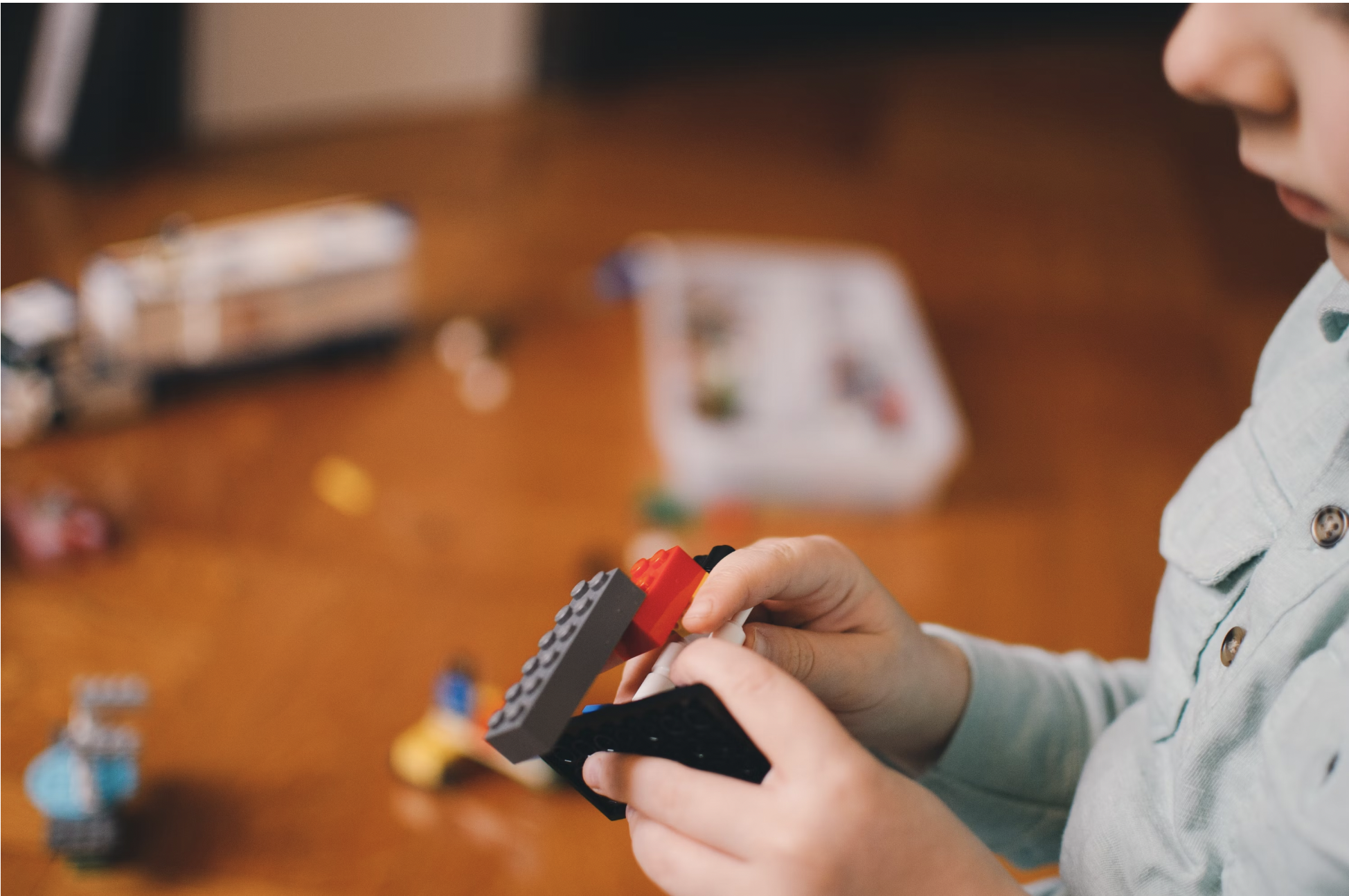Designing Kid-Friendly Spaces in Your Home: A Guide to Creating Engaging Areas for Children

Creating dedicated spaces for your children in your home can significantly enhance their development and provide them with opportunities to explore, play, and learn in a safe and stimulating environment. These spaces don't just cater to play; they are essential for fostering creativity, independence, and learning. This guide offers insights into designing various kid-friendly areas in your home, ensuring they are both functional and fun.
- The Importance of Dedicated Spaces
Children thrive in environments that cater to their scale and interests. Designating specific areas for play, study, and relaxation can help children feel valued and understood, boosting their confidence and encouraging them to take ownership of their activities. These spaces also help in organizing toys, books, and craft supplies, making cleanup easier and keeping the rest of the house more orderly.
- Zoning in Open Plan Spaces
In homes with open plan layouts, creating distinct zones can be a challenge, but also offers a canvas for clever design.
- Visual and Physical Dividers: Use furniture, such as bookcases or couches, as dividers to create physical but visually appealing separations between adult and child zones. 5x14 Area rugs and different floor finishes can also delineate spaces without using barriers.
- Color Coding: Employ a consistent color scheme for each zone to visually cue different activities. For instance, pastel colors for a play area and more subdued hues for a study corner can subconsciously guide behavior and use of the space.
- Multipurpose Furniture: Invest in furniture that can be easily moved or adapted to different uses. Modular sofas, foldable chairs, and extendable tables can serve multiple purposes and accommodate various activities throughout the day.
- Play Areas
Play is crucial to child development, so creating a play area that is both safe and stimulating is key.
- Location: Choose a space that is central enough to allow for supervision but distinct enough to let kids make a mess without constant worry. Basements, family rooms, or a corner of the living room are ideal.
- Furnishing: Invest in child-sized furniture, including tables and chairs, and provide plenty of storage for toys and games. Open shelving at a child's height can encourage self-service in play and tidy-up time.
- Safety: Ensure the area is childproofed with safe, non-toxic materials, covered outlets, and secure furniture to prevent tipping.
- Study Zones
As children grow, they need a dedicated spot for homework and projects. A study zone should promote focus and organization.
- Desk Setup: A comfortable, well-lit desk area with supplies within reach can make homework less of a chore. Ergonomic chairs and desks adjusted to the right height can keep posture in check.
- Decor: Keep it minimal but colorful. Use a corkboard or magnetic whiteboard for them to display their work and keep track of assignments.
- Technology: Position computers and tablets in a way that screens are visible from common areas of the home to monitor use, ensuring internet safety.
- Reading Nooks
Encouraging reading from a young age is vital. Creating a cozy reading nook can instill a lifelong love of reading.
- Comfort: A soft area with plush cushions, bean bags, or a small armchair can make reading inviting.
- Accessibility: Ensure that bookshelves are low enough for kids to reach their favorite stories, and use forward-facing bookshelves to display the covers attractively.
- Lighting: Make sure there is plenty of light, both natural and from lamps, to protect little eyes.
- Creative Corners
A space dedicated to creativity can help children express themselves through art, music, or drama.
- Materials: Stock it with a variety of materials, from paints and crayons to building blocks and costume pieces.
- Display: Include a space, like a mini-gallery or bulletin board, where kids can proudly display their artwork or creations.
- Cleanup: Choose surfaces that are easy to clean and provide plenty of organizers to sort materials.
Conclusion
Designing your home with children in mind does not mean compromising on style or space. With thoughtful planning and creative use of your home's areas, you can create engaging, beautiful spaces that cater to your child's growth and curiosity. These dedicated areas not only organize activities and contain messes but also signal to children that their activities are important. Investing in these specialized spaces provides a foundation for your children's future learning and memories.






